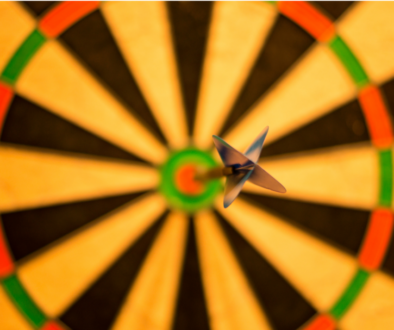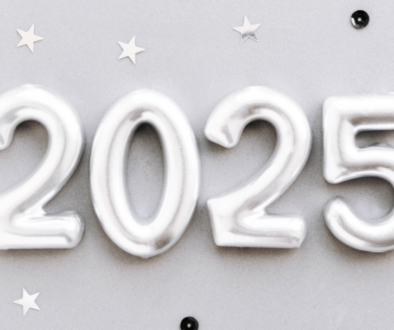What to Do When You Hit a Plateau
 If your progress has stalled despite working out and tracking your calories, you’ve hit a plateau. In order to break through the plateau and continue making progress, something needs to change in your nutrition and your exercise routine. This does NOT mean you need to eat less and burn more calories with more cardio.
If your progress has stalled despite working out and tracking your calories, you’ve hit a plateau. In order to break through the plateau and continue making progress, something needs to change in your nutrition and your exercise routine. This does NOT mean you need to eat less and burn more calories with more cardio.
Here’s what you can do when you hit a plateau:
Take a break.
When was the last time you took a deload week (a week off from lifting weights)? If it’s been more than 12 weeks, it’s time. Stay active during this week (yoga, walking, hiking, swimming) while give your body and nervous system time to recover. This is a great week to get a massage or do anything else that is restorative and rejuvenating for you.
If you’ve been extremely restrictive with food and calories, this is a great time to have that meal or dessert you thought was “off limits.” Give yourself a day off from logging your calories. And skip weighing yourself for the next couple days. Enjoy your meal!
Increase daily calories/protein.
If you’ve been cutting calories, you may have been mistakenly cutting your protein intake as well. If you’re not getting at least 1g of protein per lb of body weight daily, it’s time to increase. This will create an increase in calories. Focus on hitting your daily protein target while keeping everything else roughly the same and let the calories fall where they may.
Add an extra day of strength training.
If you’re strength training 2 days per week, increase to 3. If you’re training 3 days per week, increase to 4. If that means letting go of some cardio workouts, so be it. Strength training will do more for you than cardio always and especially when you hit a plateau.
Change your rep range.
If you’re used to training high reps (12-20) with low weight, switch to lower reps at higher weights (6-8). Just as with the higher reps, make sure the last 2-3 reps feel like a real struggle. Remember, the idea is not to just count to 8 and that’s the signal to stop. If you’re aiming for 8, at about rep 6, you should feel uncertain about your ability to do those last 2 reps. Commit to this new rep range in your sessions for at least 12 weeks. Be sure to record your workouts and your weights each session. This will allow you to start with the correct weights rather than guessing each session. And you’ll be able to see your progress as you’re able to lift heavier and heavier weights.
Change your program OR stick to one.
If you’ve been following the same program for more than 12 weeks and you’re not seeing progress or you’re bored with it, it’s time for a new program. If you haven’t been consistently following a program (exercises, reps, days per week), it’s time to pick one and stick it for 6-12 weeks. This will give your body time to adapt and change.
If (when) you hit a plateau, rather than doubling down on what’s no longer working, make a change to your nutrition and exercise in order to break through.



